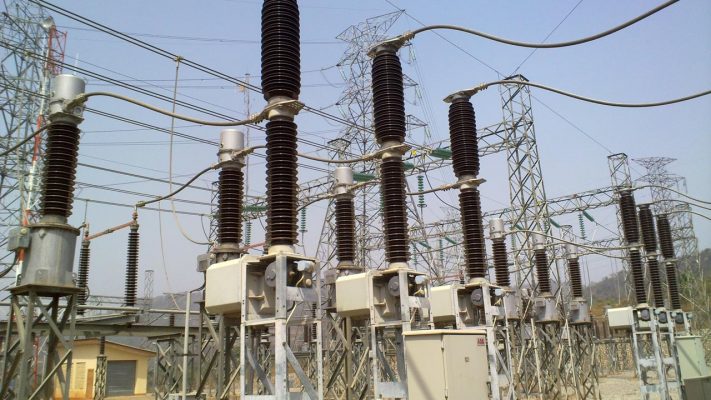On Wednesday, April 2, 2025, at approximately 9:22 pm, a significant incident occurred within Nigeria’s power transmission infrastructure, impacting electricity supply to several key distribution companies (DISCOs). The Transmission Company of Nigeria (TCN) reported the tripping of the Ikeja West-Osogbo 330 kV transmission line, a critical artery in the nation’s power grid. This event, triggered by a combination of strong winds and heavy rainfall, led to a substantial load loss of 165 megawatts (MW), disrupting power delivery to consumers served by the Ikeja, Eko, and Ibadan DISCOs. The tripping incident, located approximately 14.9 kilometers from the Ikeja-West Transmission Substation, initiated a cascade of events that resulted in the collapse of multiple transmission towers, significantly compromising the integrity of the power transmission infrastructure.
Immediately following the tripping of the Ikeja West-Osogbo 330 kV line, a thorough investigation was launched by TCN to determine the root cause and extent of the damage. The investigation revealed that the initial trigger was not solely the inclement weather. A trailer truck had collided with the detached conductors of Tower 527, causing significant structural damage that ultimately led to its collapse. This initial tower collapse then precipitated the subsequent collapse of Tower 528, as well as damage to Towers 526 and 524, demonstrating the interconnectedness and vulnerability of transmission infrastructure. The incident underscores the potential for cascading failures within the power grid and the importance of robust structural integrity and preventative measures to mitigate such risks.
The collapse of these crucial transmission towers had an immediate impact on the power supply to the affected DISCOs – Ikeja, Eko, and Ibadan. These DISCOs are responsible for distributing electricity to a large population within their respective service areas, and the sudden loss of 165 MW of power inevitably disrupted service to numerous customers. To mitigate the immediate impact of the power loss, TCN implemented a contingency plan, rerouting the lost load through alternative transmission lines. This swift action aimed to minimize the duration and extent of power outages experienced by consumers and maintain a level of service despite the infrastructure disruption.
Recognizing the urgency of restoring full power transmission capacity, TCN promptly mobilized its engineering teams to commence repair work on the damaged towers. The restoration efforts focused on repairing and stabilizing the affected structures to ensure the safe and reliable transmission of bulk electricity. The complexity of the repairs, given the extent of damage to multiple towers, necessitates a comprehensive and meticulous approach. TCN’s commitment to restoring power supply is evident in its deployment of engineers to work diligently to rectify the situation and ensure the affected DISCOs can resume normal operations.
While the repair work is underway, TCN has proactively addressed the immediate power deficit by diverting the lost 165 MW load through alternative transmission lines. This temporary measure aims to alleviate the burden on the affected DISCOs and ensure a degree of continuity in power supply to their customers. However, it is crucial to acknowledge that diverting power through alternative routes may strain these lines and potentially increase the risk of further disruptions if not carefully managed. Therefore, the timely completion of repairs on the damaged towers is essential to restore the overall stability and resilience of the power grid.
The incident involving the collapse of multiple transmission towers underscores the vulnerability of power infrastructure and the importance of proactive maintenance and preventive measures. The combination of inclement weather and the unfortunate collision with a trailer truck highlights the need for robust safeguards to protect critical infrastructure from both natural and human-induced threats. TCN’s commitment to restoring power supply and its ongoing efforts to repair the damaged towers demonstrate its dedication to ensuring the reliability of Nigeria’s electricity grid. The incident serves as a reminder of the complex challenges involved in maintaining a stable and resilient power infrastructure and the need for continuous improvement in safety protocols and preventative measures.




